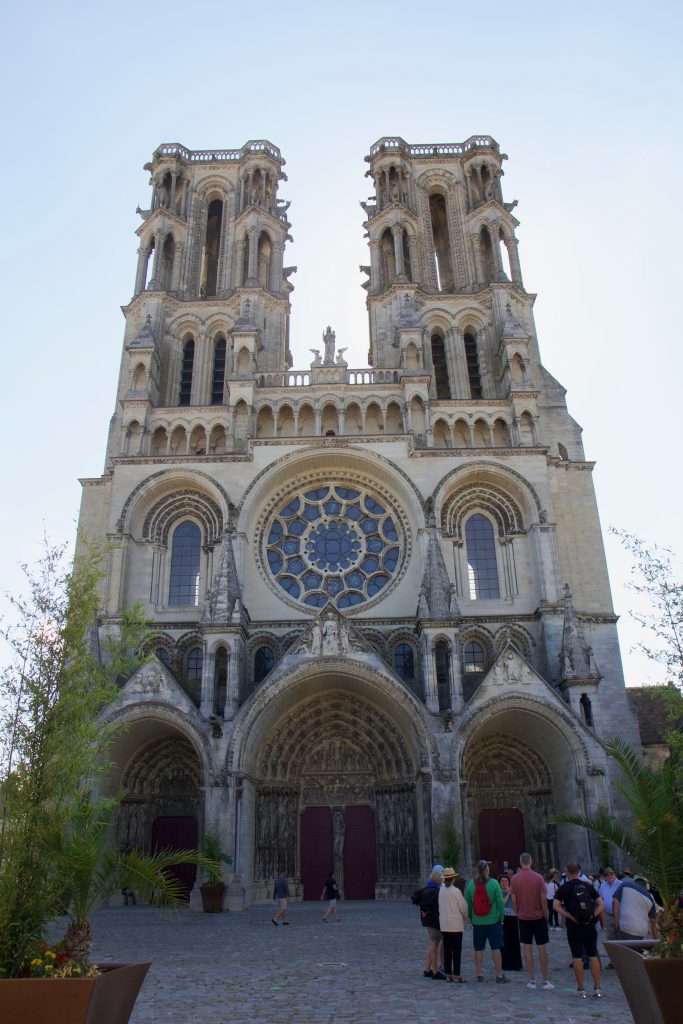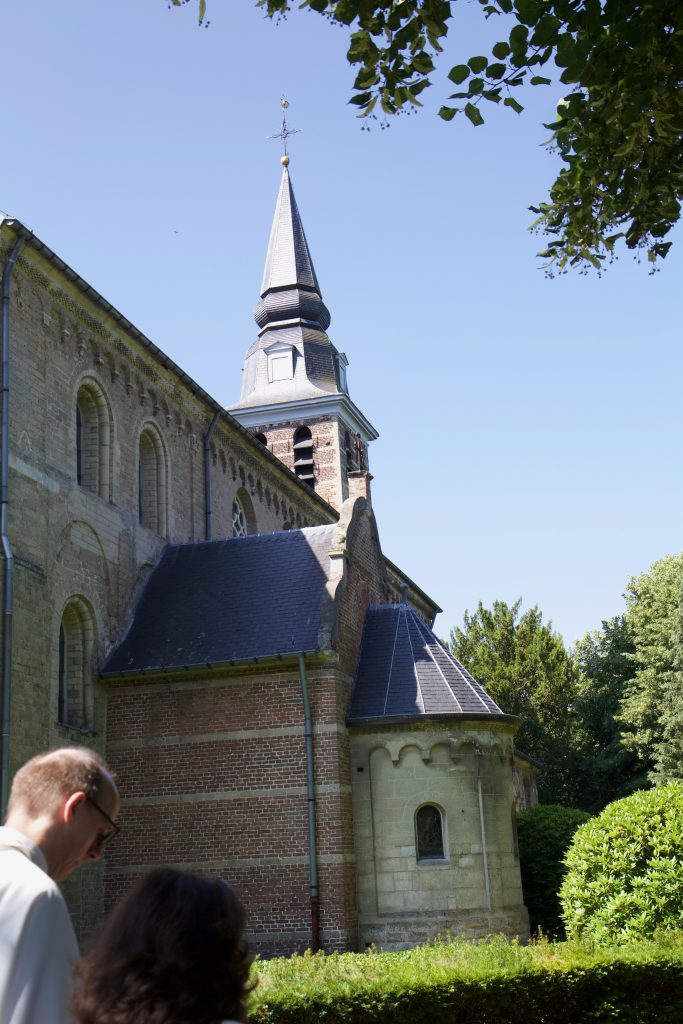
We traveled from Bayeux to Paris for our last adventures in Europe. We took a bus tour of some of the major monuments on Saturday morning, with a stop to see the extensive stained-glass window collection at Sainte-Chapelle. Please excuse the reflections in some of the photos of the city, as they had to be taken through the bus window. Some SNC alums happened to be in Paris at the same time, so it was fun to have them join us on this portion of our tour. We then had some free time to explore Paris prior to our farewell dinner cruise on the Seine River. It was an evening filled with conversation and laughter, and the perfect way to end our trip. Thank you for following along on our journey!

We visited the Bayeux Tapestry before heading to Paris, but cameras weren’t allowed. This is a replica of a small portion of the actual tapestry, available for purchase in the gift shop.

L’arc de Triomphe 

The Louvre 
It was sad to see the current state of Notre Dame. 




Enjoying each other’s company as we waited to get into Sainte-Chapelle.


Another amazing tour guide. 


Each section illustrates scenes from the Bible, read from bottom to top. 





Farewell dinner cruise on the Seine River.




















































































































































































































